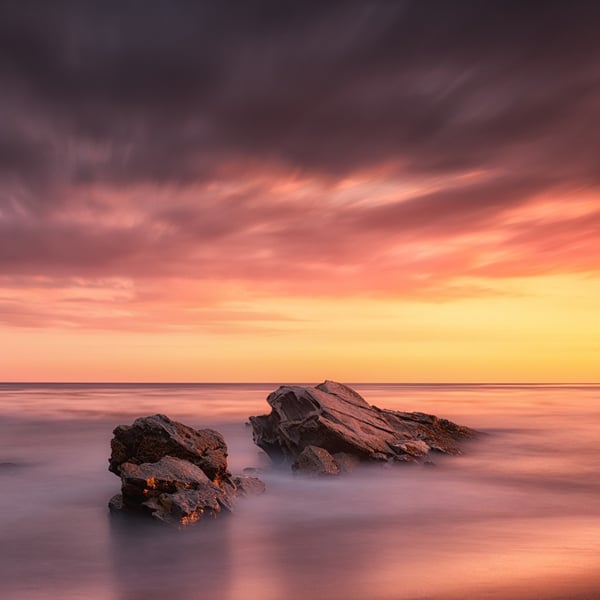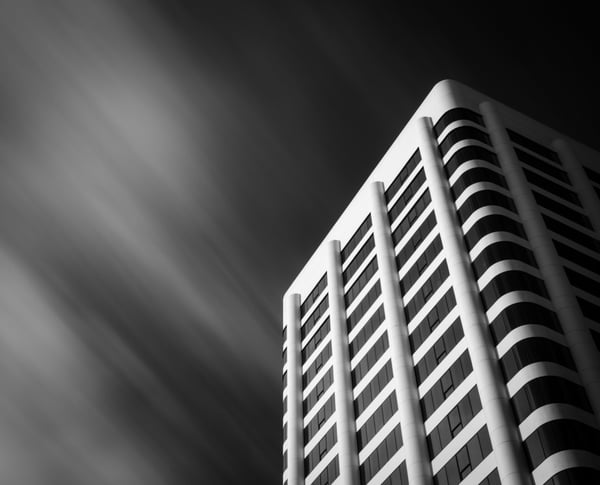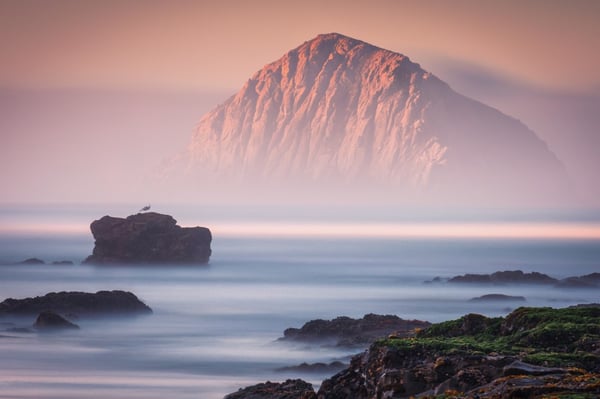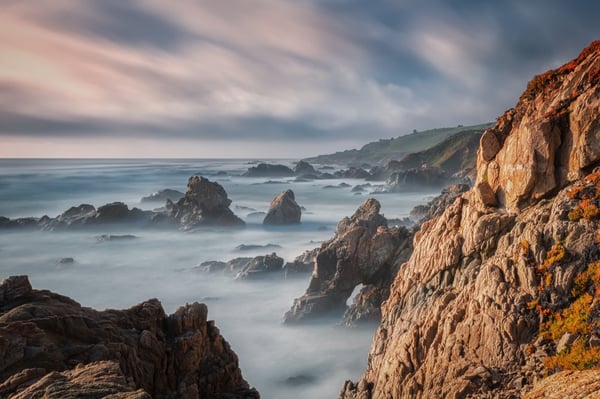The 10 Stop
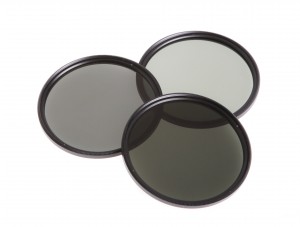
The 10 Stop
By Mark Gvazdinskas
One small piece of dark glass has changed my photography and how I see the world. Forever.
Milky water and cloud movement in photos has always intrigued me. These elements give a somewhat dream-like effect to images, creating a unique contrast between static and dynamic subjects in a frame. Especially with seascapes the blurring of crashing waves and clouds really help in getting the viewer to focus on the main subject in an image, even if it’s something as simple as a single rock in a high tide.
My most used tool to achieve these effects is the B+W 10 Stop ND Filter. It lives on my Nikkor 24-70mm/f2.8. Perhaps the most popular 10 Stop is the “tough to come by” Lee Big Stopper and lots of big name photographers are now writing wonderful reviews on the new Hitech 10 Stop. As with so many types of photography a Graduated Neutral Density Filter is extremely important, most notably during the high contrast light of sunrises and sunsets. A good Grad ND will allow you to expose for the foreground without losing highlight details in the sky. With skies the effect of moving clouds can really add a ton of depth to a shot, and even more drama when the clouds are moving towards the camera. Clouds like these are the best, in my opinion, as they appear to be jumping right out the top of the frame.
Long exposure work opens the doors for shooting at just about any time of day, and it has also made me appreciate fog and overcast days, especially when shooting for black and white transitions. Moody, minimal, black and white long exposures are some of my absolute favorite images, and my biggest inspiration in this discipline has come from Bay Area great, Steve Landeros. His unique take on the Golden Gate Bridge, the magnificent San Francisco architecture and subjects as simple as a single sea stack have taught me so much about composition, timing and post-processing.
It’s an obsession. Once you get that first even exposure just right you’ll be hooked. You’ll start spending more time looking up at tall buildings, studying water patterns and on the whole, examining subjects you may not have ever noticed in the past. After a day of shooting in San Francisco’s Financial District my neck is sore. I’ll spend so much time walking around, looking straight up and trying to envision how the moving clouds will play off the structural lines of the buildings.
Other than the surreal results, I love long exposures because they make me concentrate on my composition and exposure time much more than I otherwise would. Since a slight change in composition requires me to remove the filter, refocus and then re-attach the filter, I take less photos, but also leave a shoot with less throw-a-ways (at least by my standards). Less shots also means less opportunities to get the desired result. I recently shot a sunrise in Morro Bay and had maybe ten minutes of good light as the sun started to hit famous Morro Rock as it peaked through the fog. About two minutes into the good light I switched to my telephoto, set the timer for around three minutes and crossed my fingers the vibrant color would stay through most of the exposure.
Long exposures require A LOT of patience as you’ll be waiting around for up to several minutes per shot. This gives me so much more time to sit back and enjoy the scenery. This is why I really love long exposures. I’m primarily a landscape photographer because this passion takes me to beautiful spots. Standing around watching a sunrise or sunset and only having to occasionally be bothered to press a button lets me focus on what it’s all about: appreciating our planet’s gorgeous natural wonders.
And the most important thing to consider for getting into long exposure photography: A very sturdy tripod. Some of the best conditions for the most dramatic results occur during harsh weather and blustering winds. This is why I’ve opted for the Really Right Stuff TVC-33 tripod and BH-55 lever release ball head, even though my largest lens is a 70-200mm/f2.8. I know that in these windy settings I can walk away from the tripod, keep my shutter open for several minutes and still end up with a tack-sharp photograph.
Article and Images by Mark Gvazdinskas.

